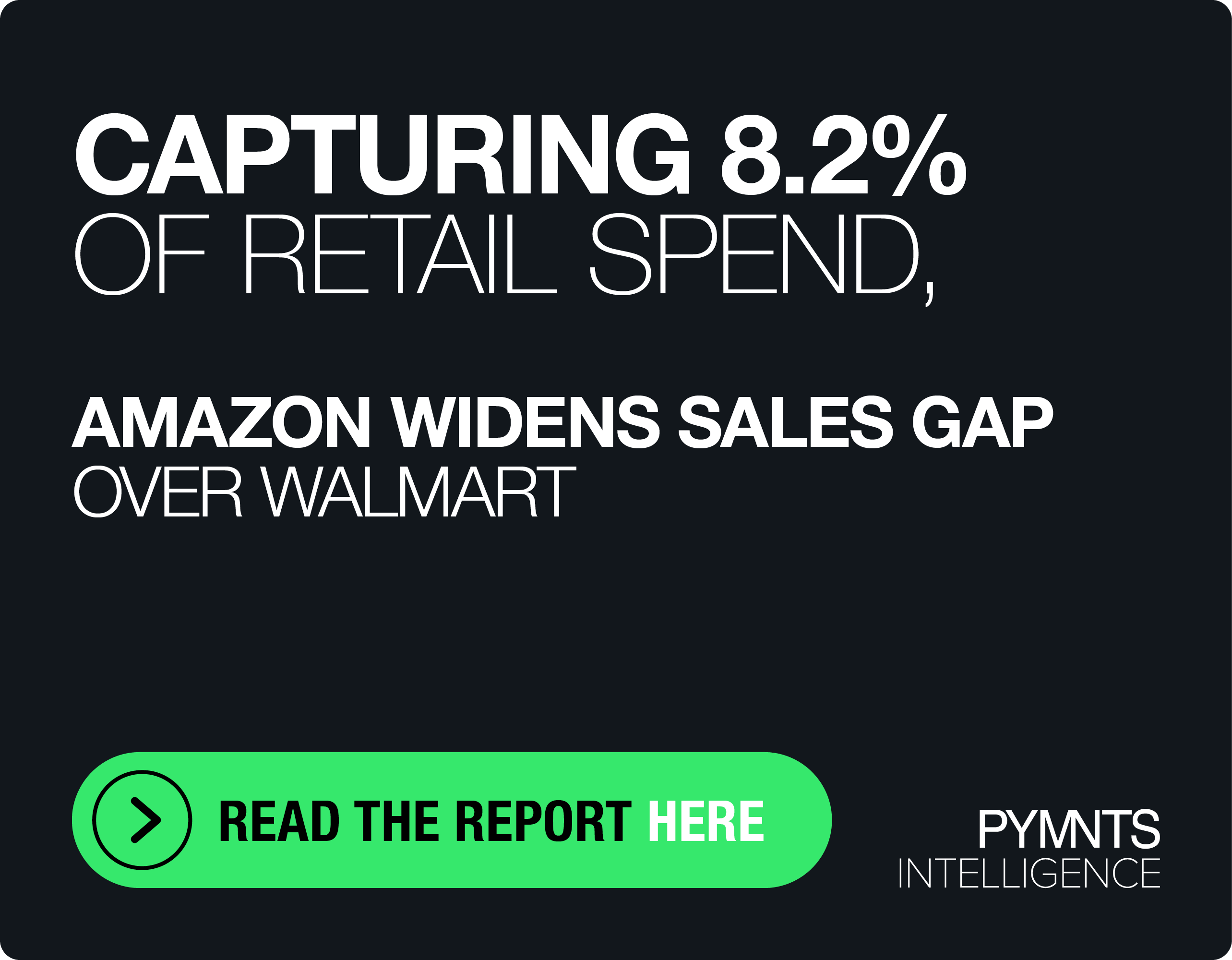The Pressure Mounts For Oil & Gas To Manage Spend

The oil and gas sector is massive. IBISWorld research estimated total revenues for this industry in 2014 at $5 trillion.
With all of that money, oil and gas businesses spend — a lot. Oildex, which provides financial processing tools for the sector, saw about $180 billion pass through its platforms last year alone, according to Chief Technology Officer Mike Weiss.
But, Weiss recently told PYMNTS, price volatility places massive pressure on the industry, and in just the last two years or so, that volatility has grown.
“The pressures we’re seeing on our customers and suppliers is pretty high. They are really being pushed to watch every nickel,” he said.
Only days ago, top oil executives emphasized that oil price volatility is likely a long-term challenge.
“The volatility is here to stay,” said Ryan Lance, chief executive of ConocoPhillips, at the ONS Conference held last month.
“Basically, volatility is the word,” said Martin Bachmann, head of exploration and production in Europe and the Middle East for Wintershall AG. “There will be a rebalancing. Over what timeframe is the big question.”
Cash management, of course, is vital for any industry. But in such a high-value industry as oil and gas, which also operates with complex supply chains, spend visibility can be tricky.
Making matters harder, Weiss explained, is that the oil and gas sector remains stuck in paper-based and manual processes. Oildex’s newest product tackles a portion of that problem; the company announced last month the release of OpenInvoice Field Ticket, which targets friction in a business process unique to the oil and gas industry.
Essentially, Weiss said, field tickets act as a receipt when service providers come on-site to perform complex services — which, he added, account for about 80 percent of spend by these firms. These service providers can come in the form of services that help these businesses extract oil at a well site, for instance, and these services are more complex than standard services, like hauling away trash or making a delivery.
When these services are rendered, the provider issues a field ticket that outlines what the service was for, what service the provider actually performed and, finally, authorization of supervisors and operators at the well site.
All of this is manual, often handwritten, riddled with errors and fraud, and takes an average of 22 days to process into an invoice, Weiss said, according to research conducted by Oildex.
“To understand what they’re spending at the oil well, it takes 22 days from the time the service was rendered to the time the field ticket becomes an invoice,” the CTO explained. “And this is with the assumption that there are no errors or problems. And I can tell you that this is more the exception than the rule.”
Digitizing field tickets, which is what Oildex’s newest tool does, enables businesses to more quickly understand what they’re spending their money on. “Customers understand their spend faster, and it helps suppliers get paid a lot quicker and, of course, gets away from any issues that happen in terms of quality and fraud issues,” Weiss said. “And believe me, there are a lot of those.”
Electronic field tickets are just part of the battle in helping oil and gas companies gain better visibility into spend and a tighter grip on cash flow. The data from these digital documents, Weiss said, is key in this initiative, and what to do with that data is top-of-mind for industry players.
The oil and gas sector faces some unique challenges when it comes to spend.
For example, each oil well site can mean different price ranges for the services it needs. Accessing the data from service providers, and being able to obtain an invoice more quickly, means these companies can strategically plan out resource allocation depending on location.
Or, Weiss added, the data can be used to assess supplier performance and enable businesses to analyze vendor quality, speed and cost.
This industry is also particularly reliant on early payment discounts, explained Oildex VP of Marketing Jennifer Beaupre. Digitizing field tickets and clearing a path for faster invoicing means oil companies can manage a 30-day payment window to access supplier discounts.
Beaupre added that the 22 days, on average, it takes for a field ticket to process into an invoice also means high operational and labor costs.
“We found through our customers that the cost of processing a paper ticket is $9.69,” Beaupre explained. “We can get it down to $3.25 a month.” With Oildex customers processing hundreds of thousands of these tickets every month, the cost savings can be immense, she added.
And that’s just within the area of field tickets. Like any industry, the procure-to-pay process can be rife with paper and errors. Digitizing and automating across this process can mean massive savings, especially in a multitrillion-dollar market.
Weiss said that Oildex, which provides solutions across the procure-to-pay process, currently supports ACH and check payments for its clients’ supplier payment needs. But soon, the company is slated to add in virtual and procurement card support, another factor that is likely to impact oil and gas companies’ ability to manage cash flow, the CTO said.
“It’s up to the operator how they want to run the business,” said Weiss. Some, he continued, want to extend payment terms to manage cash flow; others want to pay faster to capture an early payment discount. Payment rails, he said, make “a big difference.”
“Once you move to digital, once you get your payments in a digital form and get away from paper, you can understand where your money is every stop in the process,” he said.
